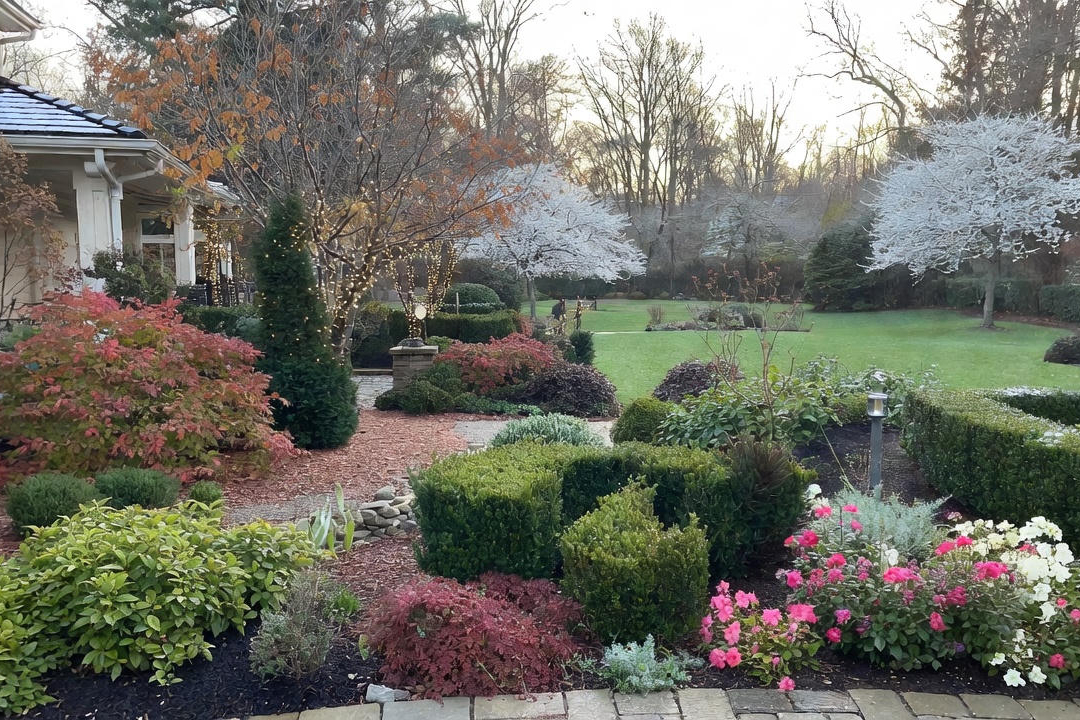
Japanese Yews (Taxus sp.) have been overused as the classic American evergreen foundation planting. Yews can grow up to 40-feet high and wide in garden zones 4 to 7. Homeowners have the notorious reputation of shaving a yew within an inch of its life. Yews will be shaped into torturous rounded balls. While representing an easy solution for hiding a home’s foundation line, yew balls represent an unattractive landscaping concept. It’s easy to understand how yew balls took shape; yews are surprisingly versatile and fit well into part-shady locations which are often found along a building’s perimeter. Yews come in a wide range of sizes and planting the wrong size means the plant will have to be pruned heavily as it grows. To prevent yew ball pruning, understand a yew's mature size and natural shape before planting.
When, Where, and How to Plant a Yew
Plant yews in spring or fall in a location that has full sun and moist, well-drained soil. While amending the soil with organic matter and a couple buckets of gravel might help increase drainage, it might not be enough for the yew. Yews are most likely to fail because of poor drainage, therefore, if soil is heavy clay and you cannot improve a large area significantly, consider planting the shrub's crown 2 inches above the surrounding soil. Balled and burlapped plants should have as much of the burlap and wire basket removed as possible. Backfill around the root ball until it is about half filled, then water. Place the rest of the soil around the root ball.

Japanese Yew Growing Tips
Water regularly in the first season to help establish the shrub. Once it is established it will handle drought well. Mulch the soil with a 2-to-3-inch layer of compost or organic matter to help prevent cold damage. No fertilizer is required.
Advice and Care for the Yew Shrub
Yews are often subject to winter burning. Do not plant yews where they will get harsh winter sun and wind; it can cause tip burnout. Prune yews in the early spring before budding, cutting any burnt tips off. Hedges that require shearing should be pruned in early spring and then again mid-year. Yews can suffer girdling and branch damage from holiday decorations; be careful about holiday light placement to prevent damage.
Yews can be used as a low maintenance design answer in city settings and Japanese gardens. Plant as a hedge, feature plant, or en masse and be sure to consider the winter snow when planting; yews look striking in a winter garden. Groundcover yews are a great transitional edging for pathways. ‘Capitata’ is an upright yew with a pyramidal habit that is 30 feet tall. ‘Tauntonii’ resists winter burn and grows 3 to 4 feet high and wide. ‘Emerald spreader’ is 3 feet tall and 8 feet wide. ‘Viridis’ can grow to 10 feet tall and 2 feet wide, offering a solution in narrow locations.
Download iScape now and find fantastic shrubs to place in your home landscape design. iScape it!





.jpg)
